
"Moscow Grushovka" is an old Russian apple-tree variety. The people have several names: “Skorospelka”, “Spasovka”, “Red pear”. The variety appeared by natural selection, therefore it is characterized by unpretentiousness, but to get good yields, you need to know the characteristics of the variety and the subtleties of its cultivation.
Content
General description of the variety
The variety belongs to the group of ripe apples, summer consumption. The first ripe fruit can be removed from the tree at the end of July. The fruits do not ripen evenly for two to three weeks. But the bulk of the crop is ready for harvest in the first decade of August.
"Moscow Grushovka", obtained in the Tula region as a result of folk selection, quickly spread throughout the country. Thanks to its excellent frost resistance, the variety has taken root in most regions with a variable climate.
Difficulties with growing, due to poor tolerance of apple trees of prolonged drought, arise in arid regions with sharply continental climate.
Tree characteristic
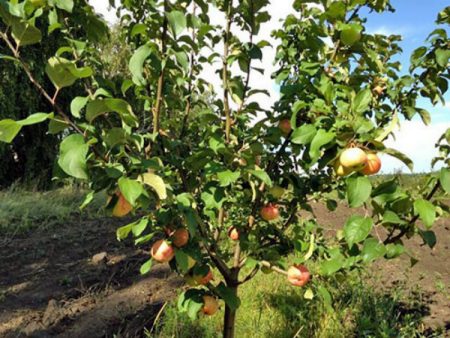
The variety is characterized by tall trees with a broad-pyramidal crown of medium density and a powerful, deeply located root system. Skeletal branches of a tree take a drooping shape with age. The bark of the trunk and shoots is reddish-brown, the main branches are painted in a kind of orange-yellowish color. The deciduous cover is quite thick. The leaf plates are oval, slightly elongated, with serrated edges. During the flowering period, the apple tree is completely covered first with pink buds, and then with almost white flowers of a saucer-shaped shape.
Trees of this variety do not have the ability to pollinate on their own. Despite this, according to the reviews of summer residents, problems with the formation of ovaries are quite rare. Experts attribute this to the widespread occurrence of apple trees with similar flowering periods in orchard plots. Excellent pollinators for the Moscow Grushovka are Antonovka, Anis, Papirovka.
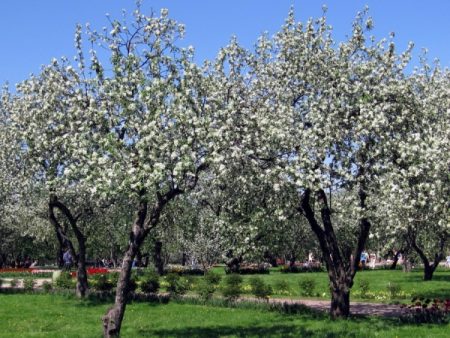
To improve cross-pollination, agronomists recommend attracting honey bees to garden plots. It is not difficult to do this, at the very beginning of flowering, apple trees are sprayed with honey water. For its preparation, three tablespoons of honey are dissolved in a liter of water. Processing is carried out in the morning.
Features of the fruit
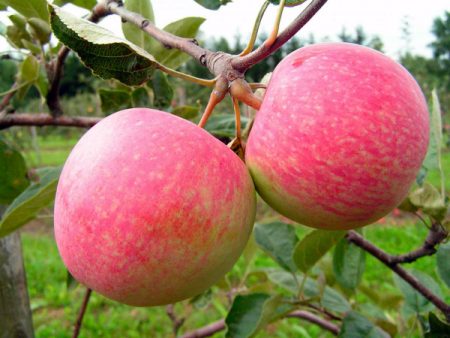
The fruits of Moscow Grushovka are small in size. The average weight of one apple does not exceed 120 grams. During the years of abundant harvest, the fruits become smaller, with an average weight of about 80 grams. The shape of the fruit is closer to the regular flat-plow, but sometimes a little ribbed or onion. A distinctive feature of apples of this variety is a wide folded saucer, with five outgrowths at the bottom. The peduncle is slightly curved and quite thick.
The fruit color is predominantly light green with pronounced strips of red, but sometimes the apples are completely covered with a blurry, uniform blush.
The pulp is juicier and has a rich apple aroma, loose in ripe fruit and mealy in ripening in structure. A small heart consists of closed seed chambers with medium-sized seeds. The skin of apples is thin, smooth and oily. Taste good. The taste is balanced, refreshing, sweet and sour.
Productivity
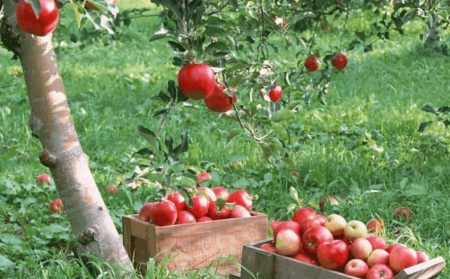
The variety belongs to the early, and this means that the apple trees bear fruit quite quickly, already for 3-4 years of growth. With proper care, about 10 kg of apples can be collected from a young tree. Mature trees bear more than 150 kg of fruit. Such indicators indicate a high yield of varieties.
A distinctive feature of "Moscow Grushovka" is the frequency of fruiting. Starting from the age of four, trees yield crops strictly after a year. Subject to the rules of agricultural technology, apple trees can bear fruit without reducing yield for more than 40 years.
The purpose of the variety
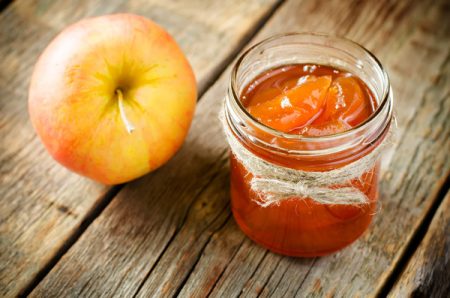
Summer variety of apples is intended primarily for fresh consumption. Fruit ripening falls on the Orthodox holiday “Apple saved”, therefore, despite the short shelf life, gardeners successfully sell their crops in the nearest markets.
Fragrant compotes, preserves, and jam are obtained from such fruits. For winter consumption, dried fruits are harvested.
Advantages and disadvantages of "Grushovka Moscow"
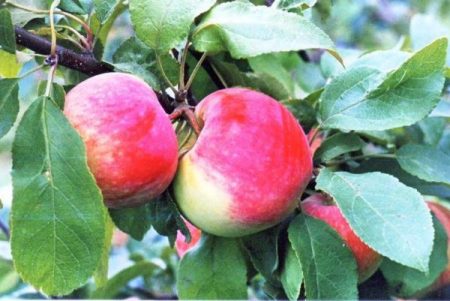
The following qualities can be distinguished from the advantages of the variety:
- early maturity;
- high productivity;
- frost resistance;
- early ripening;
- good taste of the fruit.
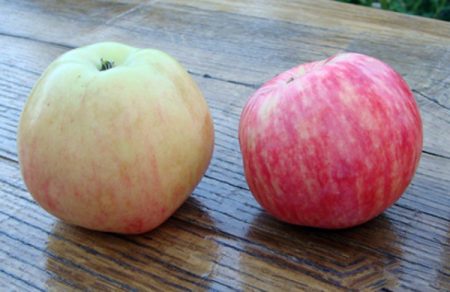
The disadvantages of the variety include the following features:
- fruiting frequency;
- uneven ripening of fruits;
- poor drought tolerance;
- trees are subject to scab;
- poor keeping quality of apples.
Growing Features
For all its unpretentiousness, the trees of Moscow Grushovka will bring a good harvest only if certain conditions are met:
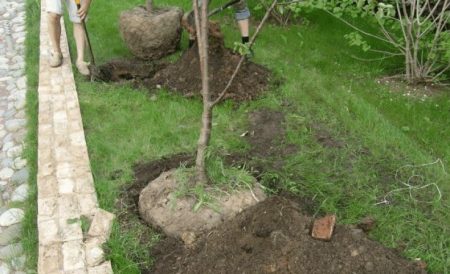
- Landing work should be carried out at the right time without delays and advances: in the fall during September, in the spring in the third decade of April.
- The apple tree prefers open sunlight and windless areas. In the shade, fruit bearing is shifted to a later date and the palatability of the fruit is noticeably worsened;
- The apple tree grows well on sandy and soddy soils with normal or weak acidity;
- Work on the preparation of the site for the apple tree should be carried out at least a month before the planned planting date. Otherwise, the soil will settle with the tree already planted, which will lead to its death.
- The landing pit should be at least 80 cm deep and at least one meter wide;
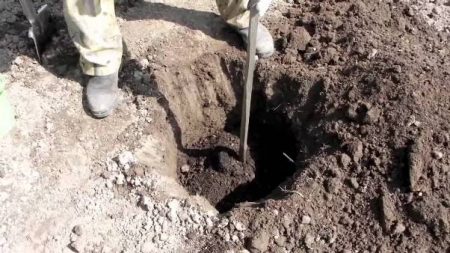
- At the bottom of the landing pit, it is necessary to lay a nutrient substrate from organic and mineral fertilizers;
- When planting, you can not deepen the root neck of the apple tree;
- The planted tree is tied to a support and watered abundantly.
Care Rules
Caring for the apple tree of the Grushovka Moscow variety comes down to the following measures:
Watering
As already mentioned above, apple trees of this variety do not tolerate moisture deficiency. Therefore, in dry years, you need to regularly water the trees. This is especially important during periods when the need for moisture in plants is maximized. These periods include:
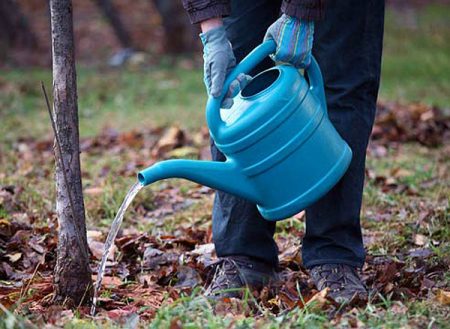
- beginning of vegetation (in early spring);
- before flowering (early May);
- during the formation of ovaries (end of May);
- after harvest (in case of dry weather).
In order for irrigation to be effective, it is best to keep the land around the apple tree under black steam. Trunk soils overgrown with turf or other plants do not provide normal moisture to the shallow roots of the tree, with which it absorbs water.
Water consumption for trees 3-4 years is about 5-6 buckets of water. For an adult fruit-bearing tree, the irrigation rate is increased to 7 buckets per square meter of tree trunk.
"Grushovka Moscow" is not afraid of irrigation with cold well water.Therefore, irrigation can be carried out by irrigation grooves from a hose with a small pressure of water.
Pruning
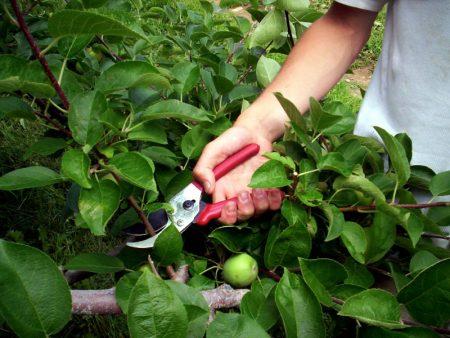
Pruning apple trees is carried out twice a year. In the last month of the winter season, experts recommend conducting forming crown pruning. To do this, in the summer season, when the tree is heavily leafy, branches that thicken the crown note. And in the winter, they are removed or shortened to the required length.
In the fall, pruning sick and damaged branches. As well as branches that grew on the stem below the vaccination.
Top dressing
Since the apple tree has been growing in one place for many decades, the soil needs to be well fertilized every year. Otherwise, the tree will suffer from a lack of certain nutrients, which will affect its ability to withstand diseases and pests, and of course on the quantity and quality of the crop.
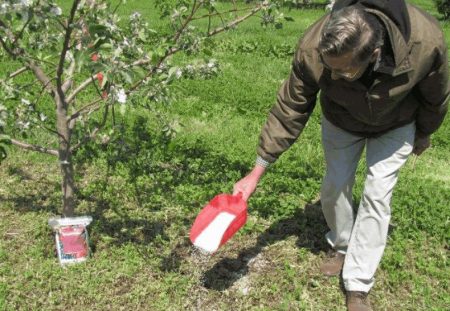
Experts recommend adhering to the following fertilizer application:
- in April - having retreated at least 70 cm from the trunk, 500 grams of urea and 3-4 buckets of humus are distributed on the soil;
- before flowering, the apple tree is watered with a solution of superphosphate (50 grams) and potassium sulfate (40 grams) per 10 liters of water. Consumption per adult tree 4 buckets of liquid fertilizer;
- after harvesting, similar to the April top dressing, 300 grams of dry superphosphate and potassium salt are applied under the apple tree.
Diseases and Pests
The apple trees are not particularly resistant to diseases and pests. Therefore, it is necessary to monitor the condition of the trees and regularly carry out preventive measures. The most dangerous ailments for fruiting apple trees of this variety are scab and fruit rot. If left unchecked, the disease spreads quickly and can destroy the plant.
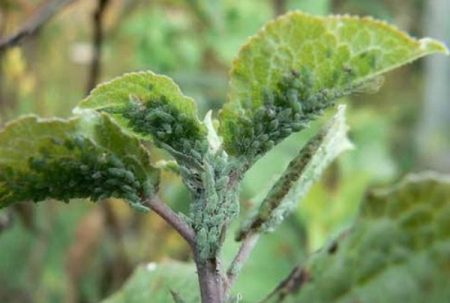
As a treatment and prevention, various fungicides are used. A simple and time-tested tool is a two percent solution of Bordeaux fluid. Treatment with this drug is carried out twice a year:
- early spring before the start of the growing season;
- late fall after leaf fall.
Of the pests, the most common are aphids and apple moths. To prevent and destroy these parasites, fruit trees are treated with the same Bordeaux liquid.
If the disease overtook a tree during the fruiting period, then it is forbidden to use chemical preparations, since the fruits cease to be edible. To preserve the harvest, you can resort to folk remedies, for example, spray the apple tree with a solution of laundry soap with ash or garlic infusion.
Harvesting and storage
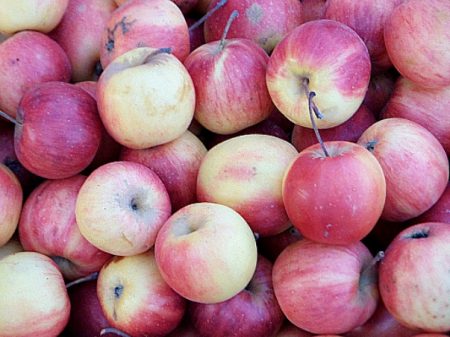
The ripe fruits of Moscow Pear are not able to hang on a tree for a long time, so it is better to collect slightly unripe fruits. In a cool room, they will retain their characteristics for 2-3 weeks. If apples are harvested in full maturity, they are immediately eaten or processed.
Preparing for the winter season
Mature trees do not need warming shelter in anticipation of the winter season. To avoid freezing of the roots in young apple trees of the first year of planting, the trunk circle is covered with dry humus.
To protect against rodents looking for food in the winter, the trunks of young trees are wrapped with rags or a fence made of mesh.
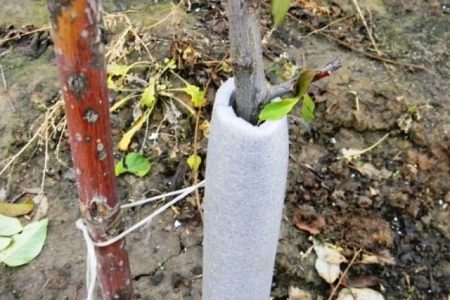
Apple-tree "Grushovka Moscow" is not suitable for cultivation for commercial purposes, but is an excellent summer variety for summer residents and gardeners. Observing the simple rules of care, the apple tree will delight for many years with early and rich harvests of delicious fruits.
Reviews
Valeria, Kazan
Grushovka grows in our garden as much as I remember. Apples ripen in late July. Their taste is wonderful, juicy, sweet, fragrant. It is pleasant to eat apples, they are not iron and the peel is not particularly felt. The only drawback is fruiting in a year. Therefore, we dry and cook compotes with a margin of two years. The yield of the apple tree allows you to do this, even enough for sale. Sometimes green aphids attack, we don’t spray with chemistry, we cope with folk remedies.
Elena, Tver region
An old Russian variety, in our gardening partnership there is no site where this apple tree does not grow. Our tree is about 15 years old, yields crops in a year, but very abundant. Care does not require much. Cut the old branches in the fall and whitewash the trunks with lime. In early spring and late autumn, we spread manure and some dry superphosphate under the apple tree. Apples ripen gradually, so we have time to eat and process everything. I cut and freeze part of the apples, in the winter we bake fragrant sweet cakes.

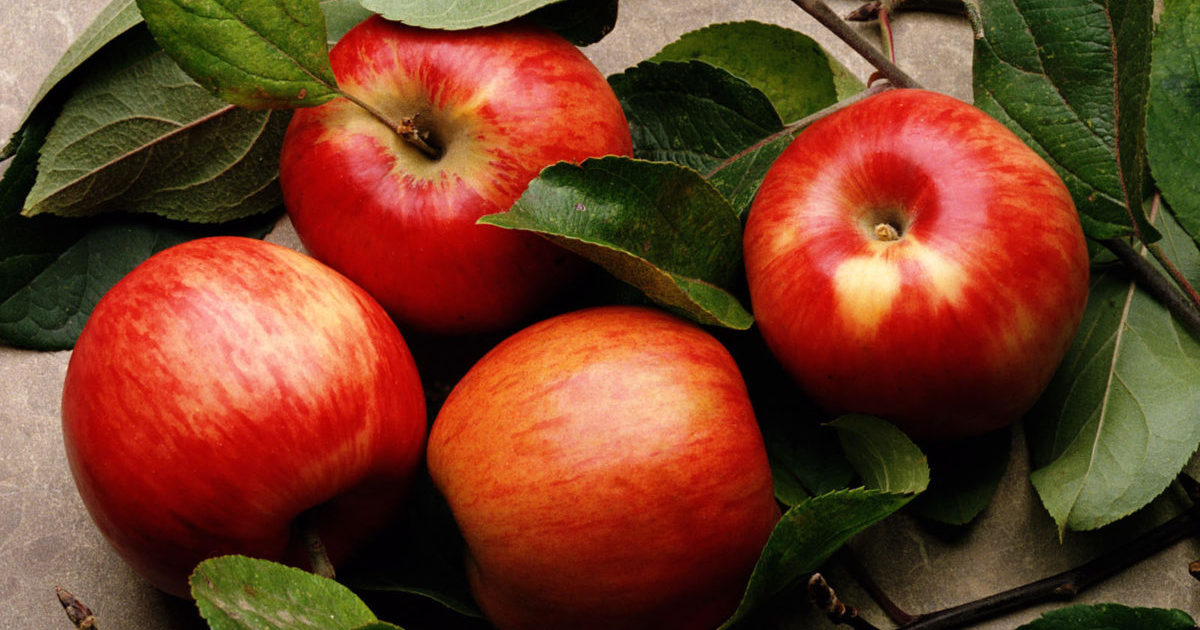
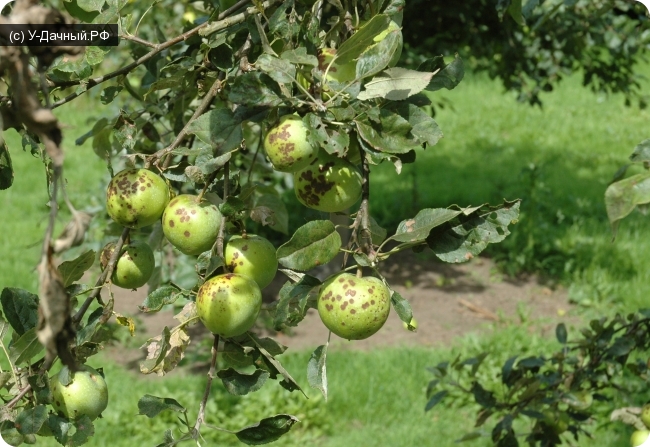
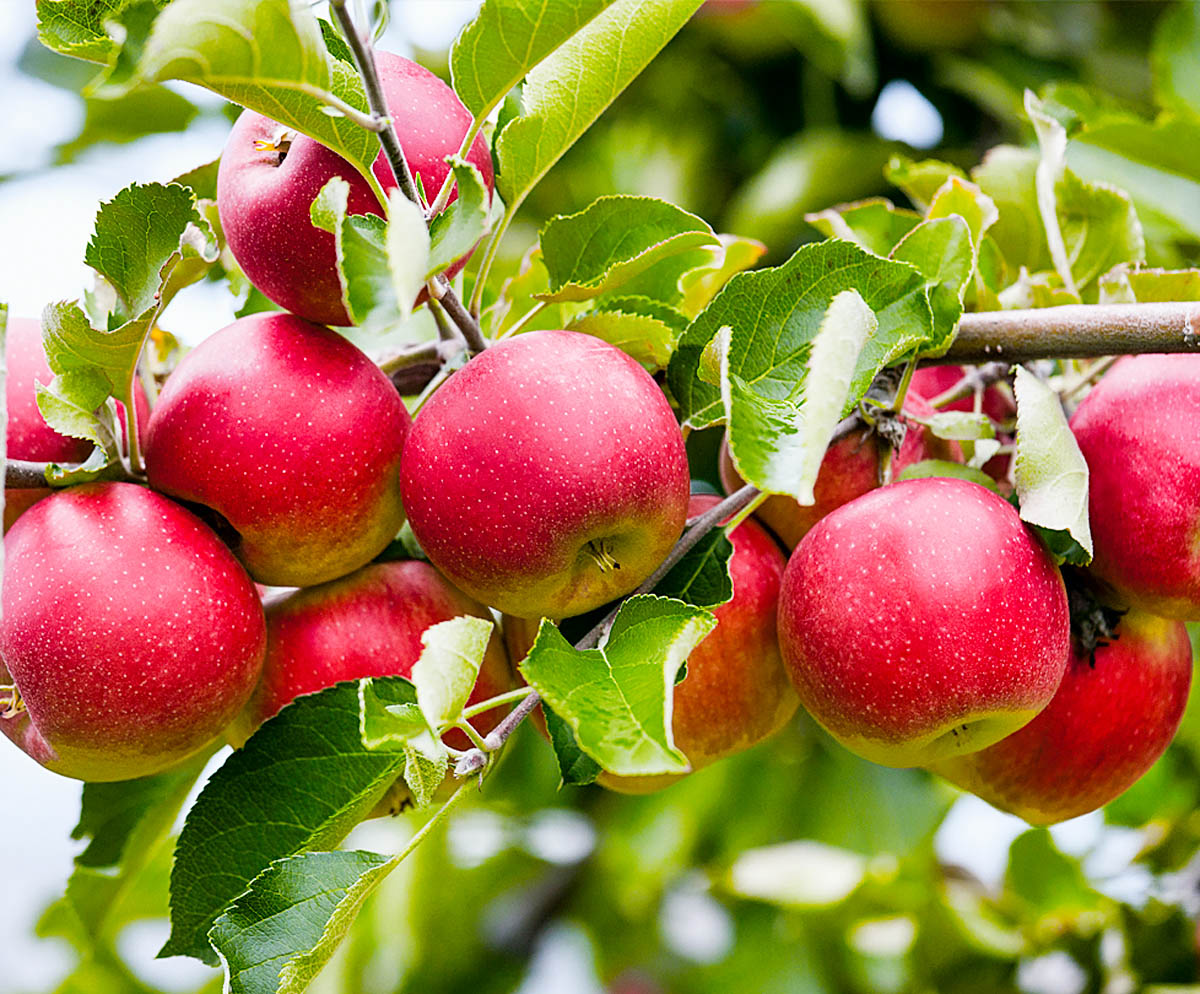
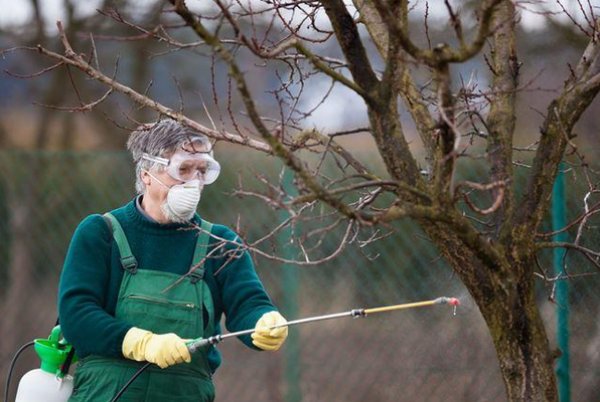 Autumn processing of apple trees from pests and diseases: how to spray, terms
Autumn processing of apple trees from pests and diseases: how to spray, terms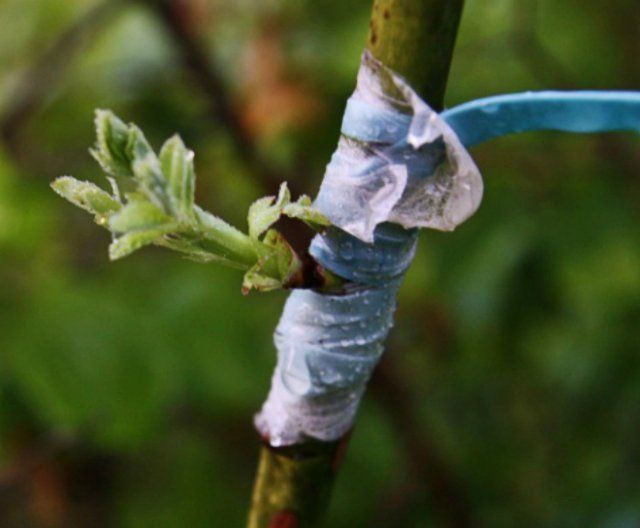 How to plant an apple tree in the fall
How to plant an apple tree in the fall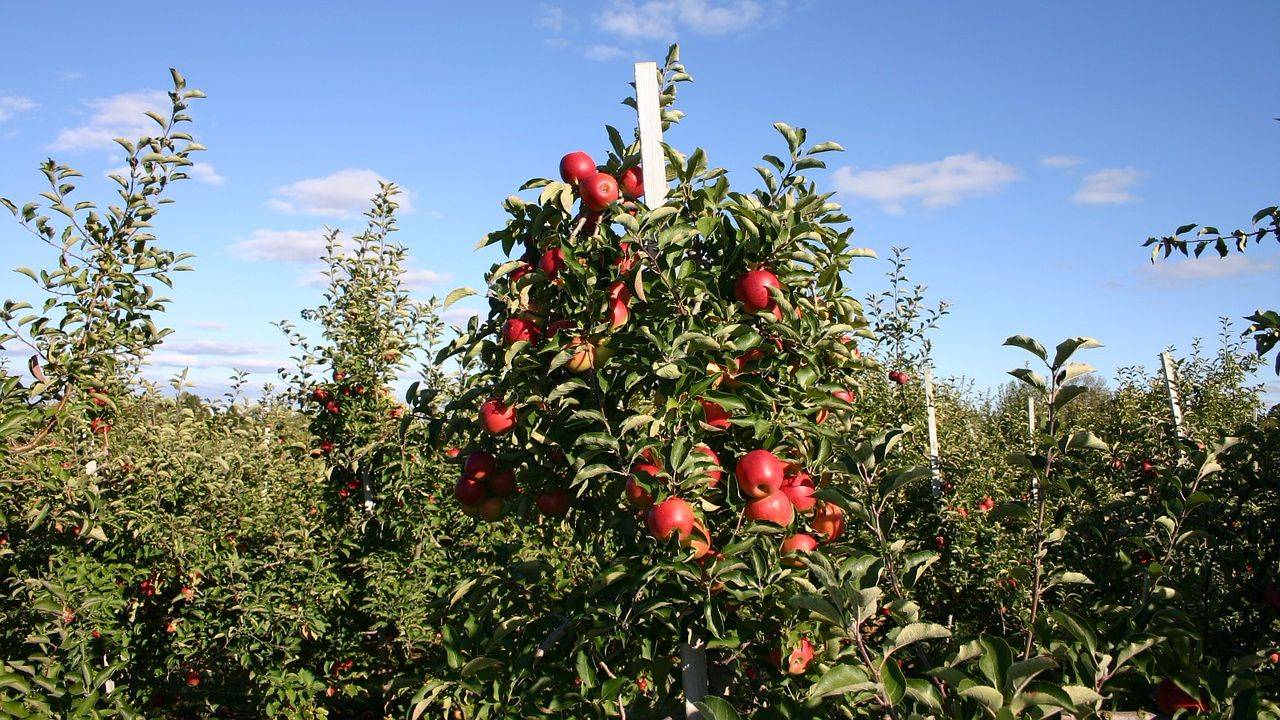 How to prune a columnar apple tree in autumn: features, timing, patterns
How to prune a columnar apple tree in autumn: features, timing, patterns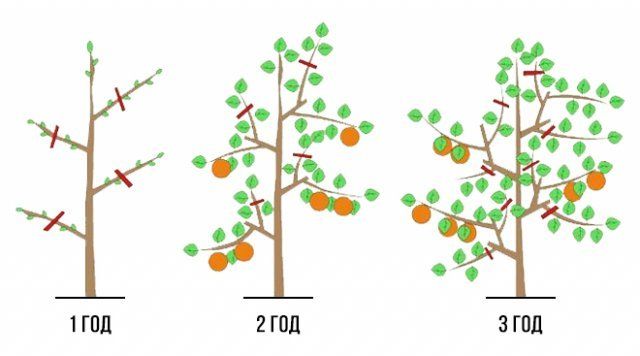 Autumn apple pruning scheme for beginners
Autumn apple pruning scheme for beginners